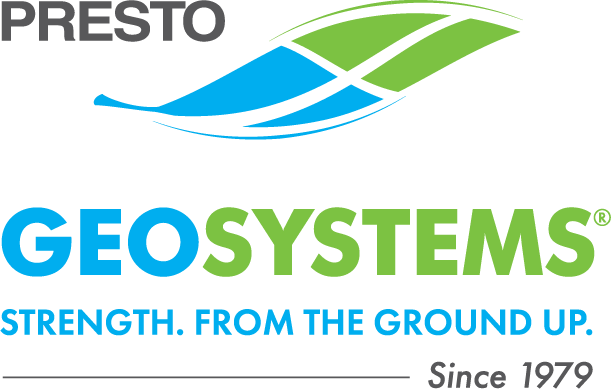
The American Society of Civil Engineers (ASCE) recently released their quadrennial Infrastructure Report Card. America’s infrastructure earned an overall grade of C, which is a minor improvement over 2021’s grade of C-minus and the highest grade received since the report card’s inception in 1998. While the report card is trending in the right direction, we are not quite ready to hang it on the fridge.
There is still a lot of work and investment required to make up for decades of underinvestment and deferred maintenance, especially as climate change, population growth, and aging systems continue to place added stress on our infrastructure. Without sustained funding, strategic planning, and public-private collaboration, many critical systems — from levees and roads to drinking water and stormwater management — will remain vulnerable and inefficient.
The report card assesses and assigns grades to 18 categories of American infrastructure, including Bridges, Energy, Ports, Rail, Roads, and Stormwater. Half of the categories received a grade in the “D” range. This means that the civil engineers who evaluated these categories determined that the infrastructure is “poor, at risk.” According to the report card, this is, “…a clear sign that more needs to be done to improve the health of America’s built environment.”
Categories that received a grade in the “D” range include Dams, Energy, Levees, Roads, Schools, Stormwater, Transit, and Wastewater. These systems are critical to the overall health and wellbeing of our communities, and vital to commerce and economic stability at local, regional, and national levels.
Solutions to Improve America’s Infrastructure Grade
The 2025 Infrastructure Report Card underscores that while recent progress is promising, significant challenges remain. Federal investment through landmark legislation like the Infrastructure Investment and Jobs Act (IIJA) and the Inflation Reduction Act (IRA) has helped reverse decades of stagnation, but the work is far from done. According to ASCE’s 2024 Bridging the Gap study, an additional $2.9 trillion is still needed across 11 infrastructure sectors to reach and maintain a state of good repair — a level that would earn a “B” on the Report Card.
Closing this investment gap won’t just result in higher grades, but it will also create tangible economic relief for American families. If Congress maintains recent funding levels, the average household could save $700 annually by avoiding the hidden costs of failing infrastructure, such as delays, emergency repairs, and increased utility and transportation expenses.
Meanwhile, climate-related threats continue to intensify. Infrastructure systems, particularly aging roads, levees, dams, and water networks, face mounting risks from flooding, hurricanes, wildfires, and extreme temperatures. Investing in resilience now means fewer rebuilds later, and more reliable infrastructure to support economic growth and public safety.
Building Resilient Infrastructure with Geosynthetics
The future success of many infrastructure projects depends on the strength of the underlying soil. Through an interconnected honeycomb-like network, 3D geocells confine and stabilize soils that would otherwise be unstable under loading. The GEOWEB® 3D Soil Stabilization System is the industry’s first and most complete geocell system, designed with fully engineered components to withstand the most challenging site conditions. These accessories are engineered for strength, fast installs, and reliable long-term performance.
Whether used for load support, channel protection, slope stabilization, stormwater management, or retaining wall systems, the GEOWEB system enables cost-effective, low-maintenance infrastructure that stands up to environmental stresses. Its flexible design and engineered accessories ensure fast installation and long-term performance, even under challenging conditions.
At Presto Geosystems, we support engineers and project owners with free project evaluation assistance and technical guidance from project start through construction.
- Request a Free Project Evaluation
- Create a 3-Part CSI Spec in Minutes
- Get a Quote from a Local Distributor
Learn more about how the GEOWEB geocells can be used to improve resilience in the lowest-graded categories.




 800.548.3424
800.548.3424